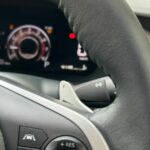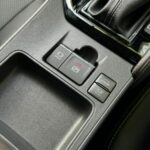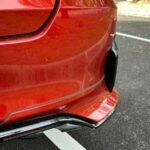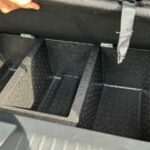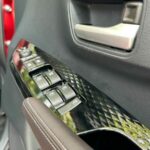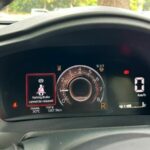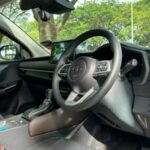2023 Toyota Vios 1.5 G: More modern, better to drive, best value? – Test drive
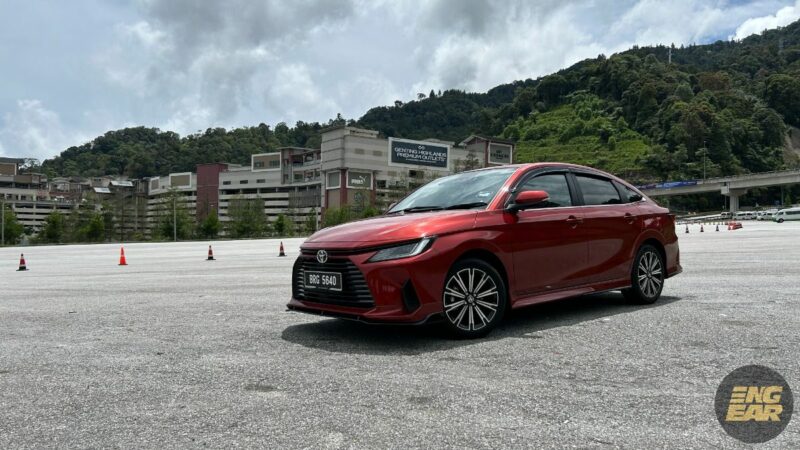
THE segment-B sedan category is quite critical in our country as these cars are considered affordable and serve as the main vehicles for many families. Therefore, it is important for manufacturers to be sensitive to users because even a small ‘deviation’ could invite criticism. However, by adding premium or new features to this segment, manufacturers can receive high praise for several weeks after the launch news is still hot.

The 2023 Toyota Vios, launched last March, represents an entirely new generation with a completely new interior and exterior. We will discuss its performance later.
Three major issues
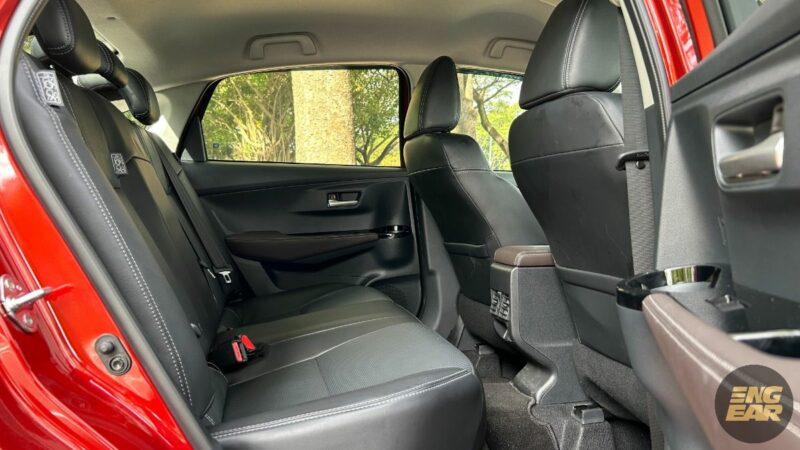
However, if you are looking into or researching cars in this segment, you would know that the new Toyota Vios has two major issues – the rear seats cannot be folded, and there is no spare tire.
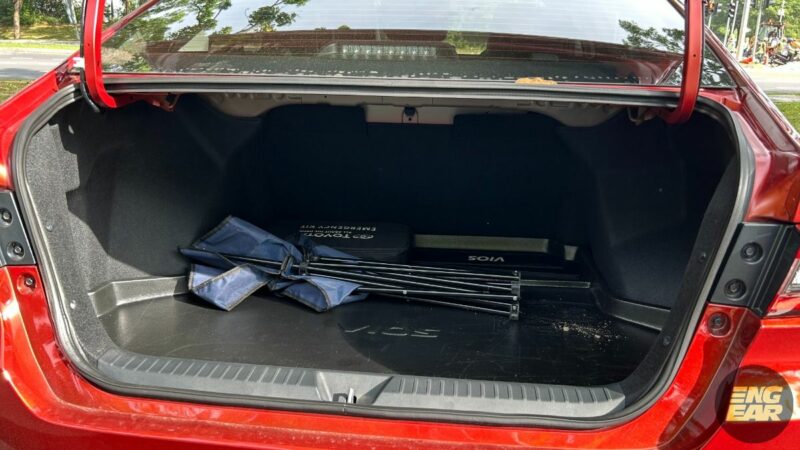
Why? Well, regarding the non-folding rear seats, the Toyota Vios development team shared with the media that according to their market research, most users do not use this function. MOST. Are you among this group, or are you a minority who will complain? So, they did not include this function, and as a result, the car is 10kg lighter due to the absence of a folding mechanism.

For the lack of a spare tire, they stated that it is to provide more storage space. If you look under the boot floor, there is Styrofoam storage space for small items. The absence of a spare tire also further reduces the car’s weight.
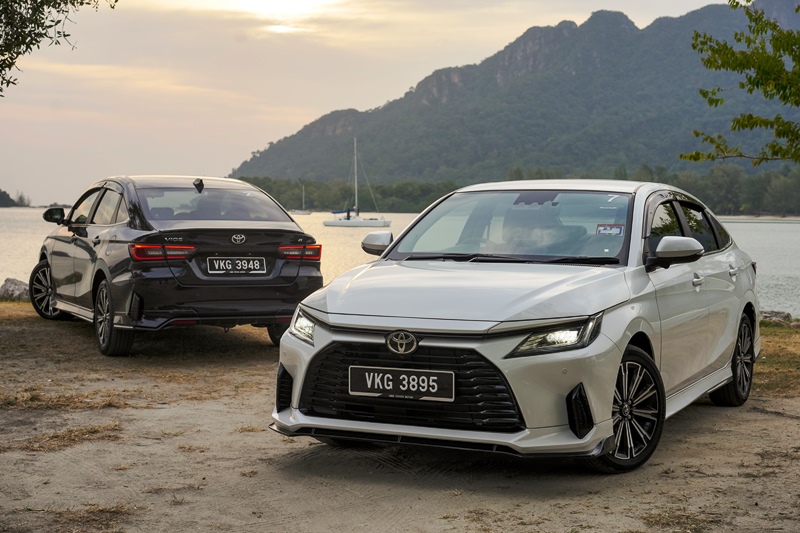
Overall, this new generation Vios is about 110kg lighter than the previous model. This time, the 1.5 G variant weighs only 1,035kg.
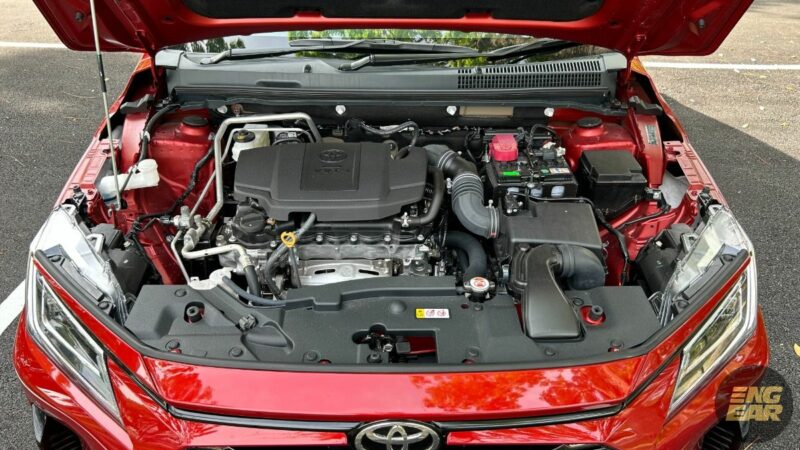
In fact, there is a third issue, which is the lower engine power. Compared to the previous Vios, which had 105hp and 140Nm from the 1.5-liter 2NR-FE engine, the new Vios is powered by the 2NR-VE engine with an output of 104hp and 138Nm of torque.

These figures decreased by 1hp and 2Nm, but in all honesty, you won’t feel the difference. But considering the lighter weight as mentioned earlier, the new Vios actually has a better power-to-weight ratio than before.
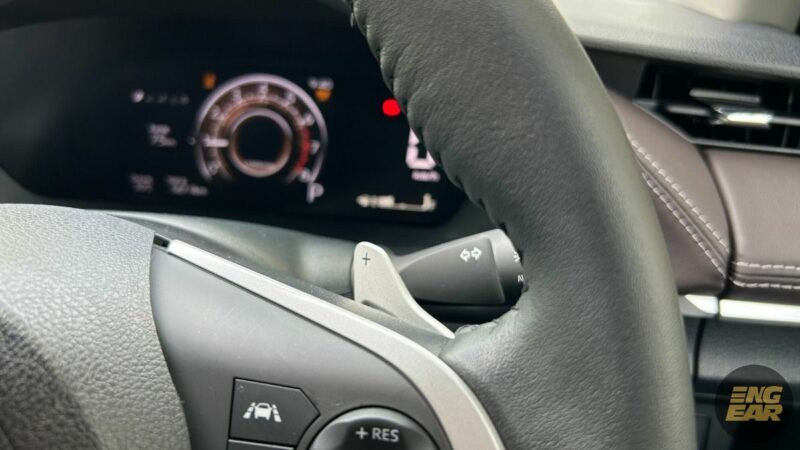
So, overall and theoretically, the new Vios is definitely more fuel-efficient. According to Toyota, the Vios has a fuel efficiency of up to 5.2 liters per 100km or 19.2km per liter.
Regarding major issues like non-folding rear seats and the lack of a spare tire, we should look at it this way: Toyota may be in a dilemma choosing between facing criticism from many people for not having a spare tire, or a few people complaining about the non-folding rear seats. We also believe fuel efficiency is more important for cars like this. So, let’s move on to the next topic.
Becoming more upmarket

One crucial aspect for Segmen-B sedan cars is style and appearance. In this regard, the new Toyota Vios does not disappoint. Its overall look can be described as more ‘upmarket.’ The front end now resembles larger Toyota sedans (such as the Toyota Corolla), featuring larger 17-inch rims (in the G variant) and a rear roof design akin to a fastback, which is currently on-trend.

The front appearance with its slanted LED headlights is still challenging for the writer to grasp, but, importantly, it gives a fresh image, markedly different from before. The larger rims not only complement the overall shape but also have a positive impact on handling.

This upmarket feel extends to the interior, where the Vios dashboard now looks modern and not cheap. If it used to be filled with hard gray plastic, the 2023 Vios now boasts softer touches, different color tones, and textures.
Simultaneously, the button and switch layout is still neat, easily accessible, and more pleasant to the touch. Additionally, the instrument display is now fully digital, with electronic parking brakes coming standard.

An interesting touch for the writer is the positioning of the window switch surfaces on the left and right door panels. They are glossy black, like most cars, but instead of being plain, they feature a diamond texture and a slightly recessed surface.
This is an easy and cost-effective solution, yet effective in adding a sense of premium and sophistication to the Vios. This is important because many buyers of cars in this category are upgrading from budget cars.

Have you been driving the Myvi since you started working, and now with a family and a promotion, you’re upgrading to the Vios? A common scenario, isn’t it?

Oh, we know that because the Vios is built on the DNGA platform (Daihatsu New Global Architecture), it shares the dashboard with models like the Axia and Alza. So, one way to position the Vios in a higher tier is the inclusion of wireless Android Auto and Apple Carplay integration.
Solid look, solid driving?

For driving dynamics, perhaps not many Vios buyers emphasize this aspect, even though UMW Toyota has used this car for the Vios Challenge event for several years.

Nonetheless, the fact is that this all-new Toyota Vios has seen an improvement in terms of driving dynamics, whether you need it or not. The first thing the writer noticed is the more precise and responsive steering with increased feedback.
It doesn’t feel unnecessarily heavy, but just enough for a natural feel. This makes the new Vios more enjoyable to drive, whether cruising slowly in the city or taking corners at triple-digit speeds.

The 205/50 tire profile and 17-inch rims also contribute to a better steering feel; it’s not just for looks. However, it’s worth noting that the cost of replacing tires will increase, so this is something to keep in mind. Approximately RM380 to RM400 for one tire of this size.
For a delightful driving experience, some investment is necessary, right? Most importantly, this ‘delightfulness’ comes from the factory’s R&D, not just a gimmick by the car enthusiasts.

The chassis is now more robust and stable, thanks to the use of DNGA. When taking S corners while descending from Genting Highlands, the suspension and tires work more consistently and clearly, a result of the sturdy chassis.

The writer honestly no longer enjoys ‘testing’ cars in Genting because there are too many wannabe ‘racers’ there now, but happened to have work there, so took the opportunity to drive the Vios.
Sufficient power? 104hp and 138Nm of torque is more than enough even when driving up to the peak of Genting Highlands. The new D-CVT gearbox with a combination of physical gears and a belt assists in efficiently transmitting the overall power to the front wheels. You feel the full force of the 104hp without any power wastage.
The engine noise will enter the cabin when revved beyond 4,000rpm, which is normal. But when the rpm stabilizes and you’re cruising at a constant speed, the Vios is fairly quiet and comfortable to drive for long distances.

Even when pushed, we will begin to reach the limits of the engine, tires, and gearbox. The tires supplied are Continental PremiumContact 7, not performance tires, so they start to struggle when you’re not smooth enough with steering inputs. This doesn’t mean the tires are not good; they are perfect for daily use in the Vios.
The engine and gearbox also work hard to keep up with the writer’s accelerations and climbs, then brake into corners, then accelerate again. The TCU (Transmission Control Unit) tries to provide the best gear ratios according to speed, rpm, and right foot input. But there are no issues with the chassis.

Additional information: Toyota already has a unit for the use of the Vios Challenge based on this new platform. Surely, it uses semi-slick tires and a manual transmission, so maybe next season we will be able to see how the performance of this new generation Vios holds up in actual races.
Not races at the Genting International Circuit, of course. Always drive carefully on public roads!

Safety features are not forgotten; the Vios now comes standard with Toyota Safety Sense (TSS), which includes systems like Pre-Collision System, Lane Departure Warning, and Front Departure Alert. The G variant also includes Lane Keeping Control, Auto High Beam, and Adaptive Cruise Control. For the writer, the G variant is the way to go as these three features are highly useful for everyday driving. Additionally, the price difference in monthly installments isn’t significant.

In conclusion, the 2023 Toyota Vios is indeed a significant shift in all aspects compared to the car it replaces. It is now more modern and dynamic to drive, and most importantly, it makes you feel it offers better value for money.
Specification of Toyota Vios 1.5 G
Price: RM95,500
Engine: 1.5-litre 4-cylinder 2NR-VE
Gearbox: D-CVT with 7-virtual speeds
Power: 104hp @ 6,000rpm
Torque: 138Nm @ 4,200rpm
Always hoping that ICE and manual transmissions stay relevant and don’t disappear. It’s more about balance than just power.





















